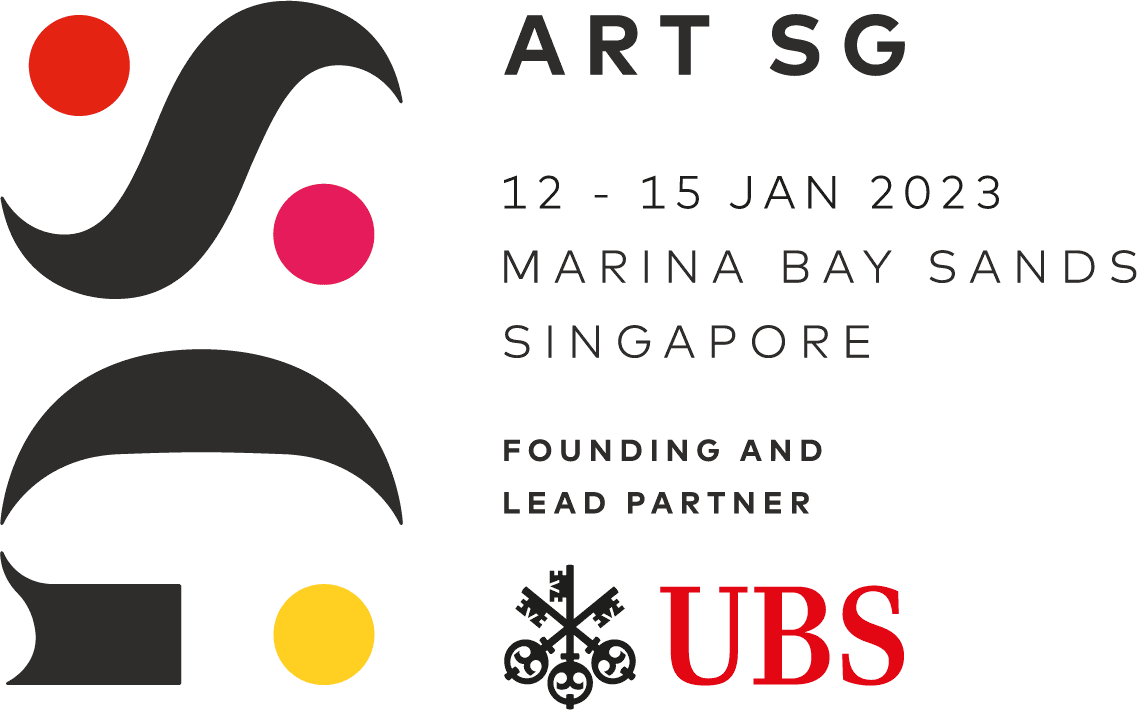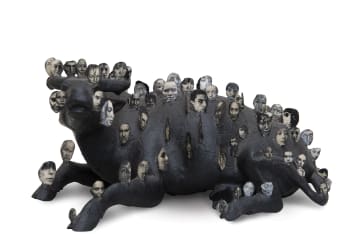Yeo Workshop is pleased to present a curated booth of Singaporean and Southeast Asia-based artists at the inaugural edition of ART SG, the region’s largest art fair, that takes place from 12–15 January 2023 at the Marina Bay Sands Expo and Convention Centre. The roster of artists features Singaporeans Fyerool Darma, Wei Leng Tay and Shayne Phua. Artists from across Southeast Asia include Indonesian Maryanto, Bali-based Filippo Sciascia and Citra Sasmita, Thai Santi Wangchuan, Vietnamese-born Quynh Dong, and Burmese Maung Day.
Titled From the Land of Gold Below the Winds in the South Seas, the presentation offers a vision of Southeast Asia that is at once historical, fantastical, surreal, sobering – and, above all, simultaneously self-exoticizing and self-critical. The region has been referred to by names such as the Land of Gold and the Golden Peninsula, the Lands below the Winds, and Nanyang, or the South Seas. The reference to a litany of monikers that conjure the distant and the enchanting suggests the character of the objects in the presentation, a collection of works that are curious, arcane and alien, hybrid things hovering between acknowledgement of sobering realities and manipulation of material fact, between cold-eyed criticality and surreal exoticization. From the Land of Gold Below the Winds in the South Seas adopts a visual mode that is premised on stereotypical notions of Southeast Asian aesthetics: baroque bodies and traditional materialities put together in ways that immediately suggest claustrophobia, disorder, sensorial overload, superstition–reminiscent, perhaps, of marketplaces or sites of folk religion. Curated by independent curator Louis Ho, the presentation fictionalizes the past and rethinks the present of the region in visually, thematically evocative ways.
Examples of works in the presentation include Fyerool Darma’s Kitschmensch with many failed flags of 1963 Maphilindo Confederation (Reworked), a piece of wearable art modelled on a sleeping bag that recalls the popularity of backpacking in Southeast Asia. The suit is a patchwork of textiles that boast anodyne, touristic imagery of the region. Its aesthetics of kitsch and inauthenticity recuperates the largely forgotten Maphilindo entity, a proposed confederation of Malaysia, Philippines and Indonesia that occurred in the 1960s. The deployment of the signifiers of so-called bad taste and mass culture, from cheap fabrics to flat images to low-budget travel, evokes a peculiarly Southeast Asian visual vernacular, as well as its postcolonial imperatives.
A series of images by Indonesian artist Maryanto highlights the exploitative, extractivist relationship between the natural ecosystem and mass tourism in Indonesia, in particular on the islands of Bali, Karimunjawa and Java. In an Indonesian context, tourism is not only defined by the steady stream of international visitors but is increasingly driven by a rapidly growing Indonesian middle-class. Tourist destinations have sprung up all over the country to serve this domestic demand, with natural sites transformed into theme park-like representations of themselves overnight.
Quynh Dong’s video piece, In the Banana Forest, folds together multiple folkloric concepts as well continues her ongoing examination of stereotypes of Vietnamese and Asian cultures. In a scene that is almost dreamlike, gold-green-clad performers sway and dance amongst banana trees, performed by Butoh dancers. This piece combines elements of dance, music, literature, sculpture and painting into an image of stereotypical Asian culture. The composition of the video is inspired by the aesthetics of traditional Vietnamese lacquer paintings, with the artist drawing on the imagery of the banana tree as well as Vietnamese writer Nguyen Tuan’s novel “Vang bóng một thời” (“Echo and Shadow Upon a Time”).
The presentation is an attempt to framework an otherwise disparate set of artistic practices and priorities into a new mode of seeing and sensing Southeast Asia, an experiment in self-definition through the amplification of essentialized, exoticized tropes.

